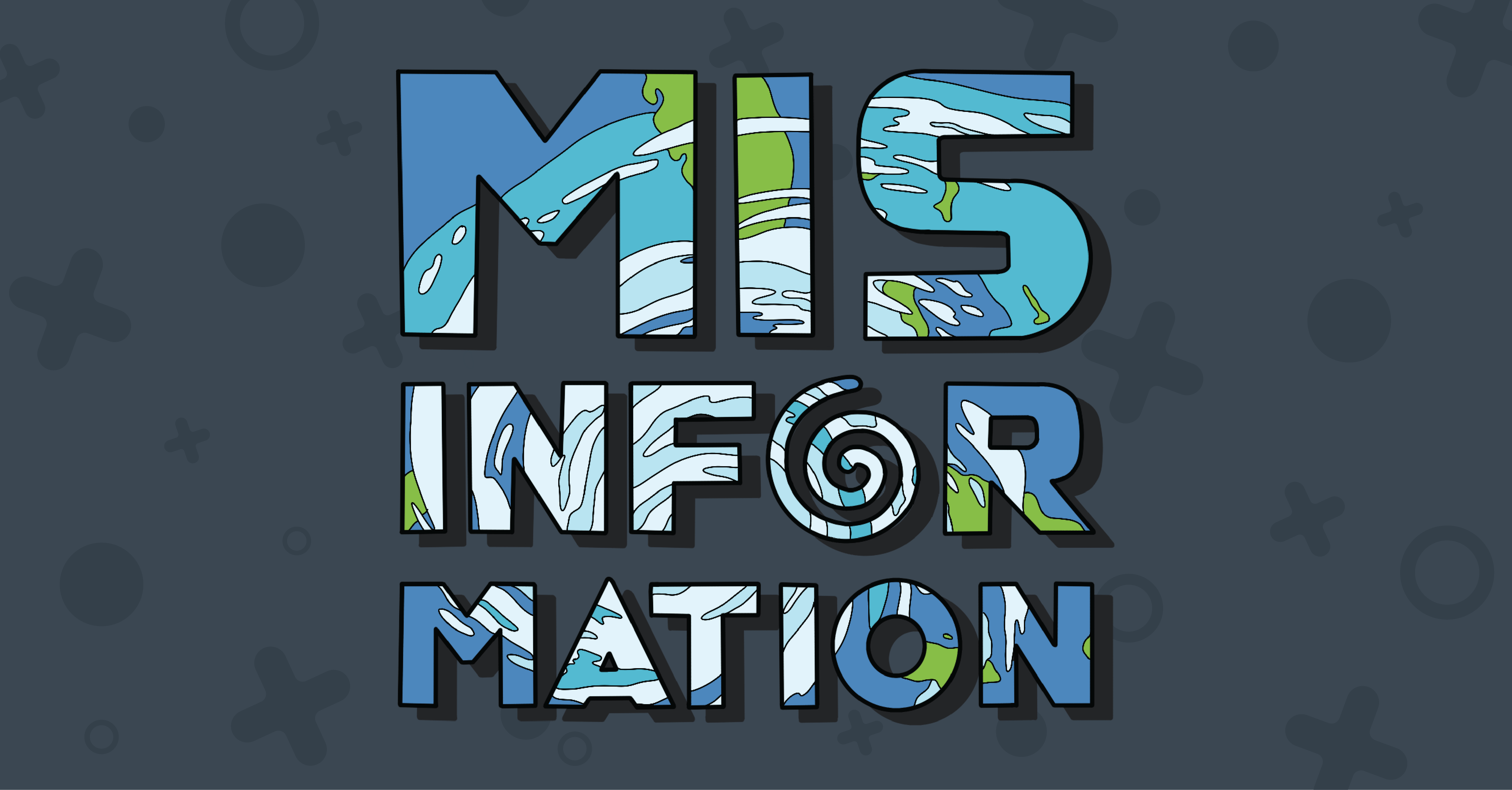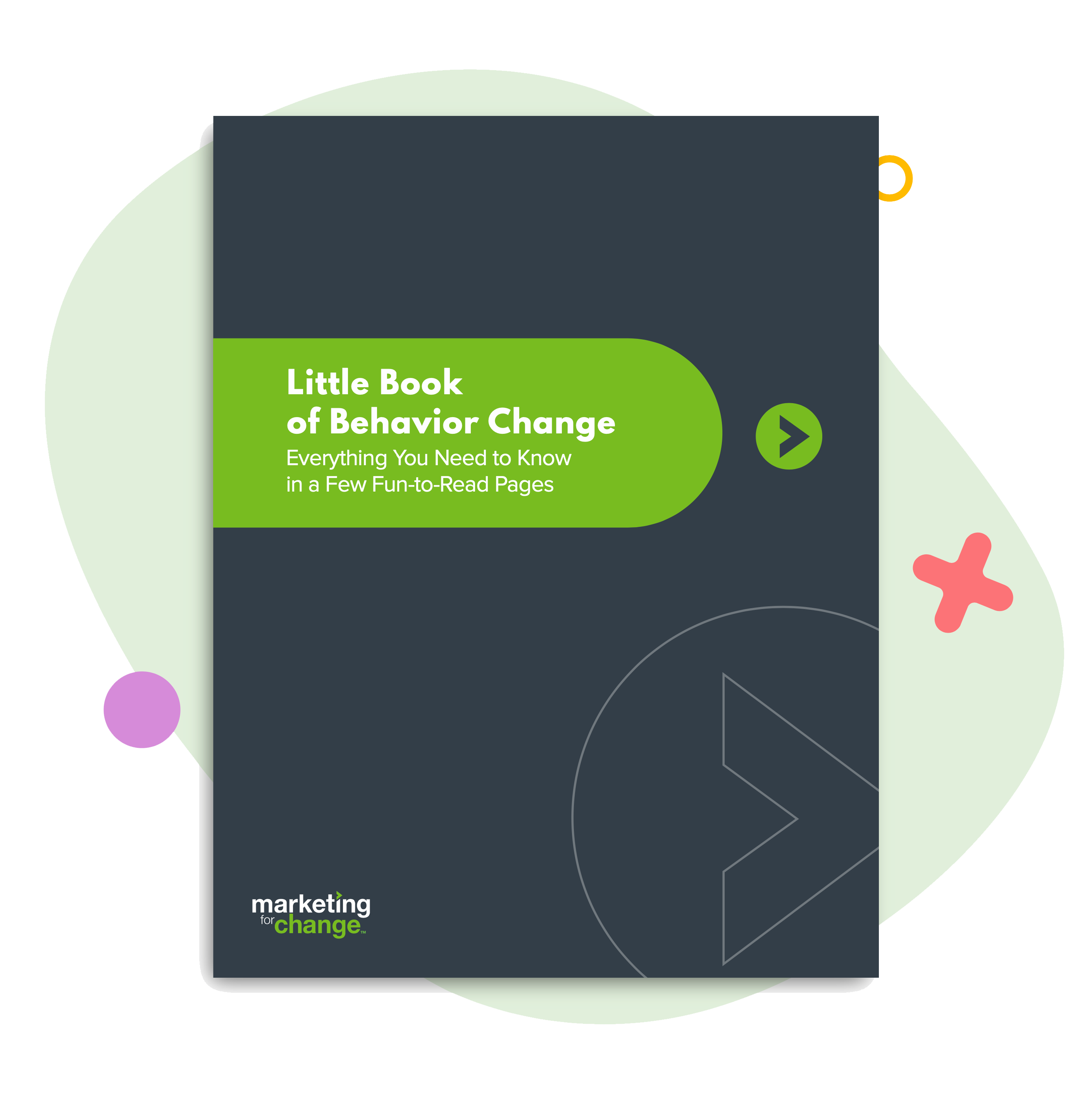
How to Fight Misinformation Without Making It Worse
I’ve weathered hurricanes in Orlando for 20 years, and Milton was the biggest to head our way. Starting about 48 hours prior, as warming oceans blew Milton up into an unexpectedly monstrous storm, the drumbeat of hysteria began. Friends and family from around the world reached out to check on me. As the storm approached landfall, my phone began blaring with flash flood and tornado warnings. Alexa kept reminding me over and over that a hurricane was coming.
I am grateful for our new early warning systems. I’m touched by the many people who asked if I was OK. I am really, really grateful that millions of people on Florida’s West Coast heeded evacuation orders. My heart goes out to the people and communities that have lost so much.
But in the heart of the state, Milton ended up being just a notch above a really bad summer storm. The biggest cost of the hurricane for most people was highwire anxiety as a climate-change-fueled catastrophe barreled Florida’s way – and the storm of misinformation that preceded and followed it.
Why people believe outlandish things
Misinformation has always swirled around big storms. But it reached a fevered pitch during Helene and Milton, with FEMA’s chief calling it “the worst I’ve ever seen.” Infamously, rumors spread that the government was purposely steering the hurricanes for various nefarious reasons. State and local officials were harassed online and in person. Search and rescue workers risking their lives in wrecked communities in North Carolina and Florida were maligned as agents of an evil government plot.
But while we shake our heads and wonder, it’s important to understand why people believe things that are so obviously not true. A key reason, of course, is that the purveyors of purposeful disinformation – which include well-funded climate deniers as well as foreign governments that purposely sow division and institutional distrust – can spot a ripe opportunity. And they now have AI and social media tools that can instantly unleash a flood of official-sounding nonsense.
But the deeper reason is that we are human. People hate uncertainty, especially about bad things. While climate scientists have been saying for decades that the warming earth will make extreme weather more frequent and more severe, it always seemed like something that would happen in a far-off time, in far-off places, to other people. But now it is here and it’s getting scary and it’s getting personal. Western North Carolina was supposed to be a climate haven. Now no place seems safe.
When big, bad, uncertain things happen in our world, conspiracy-laced information can feel like a lifeline. It can fulfill an existential need for safety and control. Jennie King, a climate disinformation research and policy expert, told the New York Times that conspiratorial thinking that squarely puts the blame on bad actors can help people “regain some measure of control and sense of order at a time when everything feels quite bleak and hopeless.”
But while that sense of control might make us feel emotionally safe, it’s downright dangerous. It can lead people to distrust evacuation warnings and fail to seek emergency aid. It can whip people into a righteous mob mentality that leads to death threats against meteorologists and others who tell the truth about climate risk.
How to reduce the power of misinformation to infect minds and inflict harm
Marketing for Change has been working for years on a variety of efforts to inoculate Americans against political and public health misinformation. While there are no easy answers, here are some key takeaways from our work.
- Don’t waste time telling people they are wrong. Unless you are an organization dedicated to fact-checking, telling people they are wrong rarely works. For one, repeating misinformation in order to debunk it can make it seem more valid. In addition, confirmation bias can make people double down on false beliefs – they just dismiss you as part of the conspiracy.
Even for the so-called “movable middle” who might be willing to listen, direct rebuttals can sound like one of two things. First, that you are telling them they are stupid. Second, that you are hiding something – as Shakespeare put it so pithily, “the lady doth protest too much, methinks.”
Rather than trying to persuade people they are part of the problem, make them part of the solution. Most people don’t want to believe or share falsehoods – tap into that self-standard. Most people also overestimate their ability to identify misinformation. Sharpen their defenses by normalizing that artificial intelligence makes misinformation harder than ever for everyone to detect. Then provide helpful tips: read past the headlines, check with more than one credible source, and look for tells that indicate a photo or video is made by AI.
- If you are in-person, meet people where they are at – by listening. Unfortunately, in situations where chaos, confusion and misinformation reign, the most common setup for communicating with the public is a press conference or town hall. Government or organization leaders stand or sit in the front, and people line up for their turn to speak.
This is the least conducive environment for lowering the emotional temperature of the room. Instead, it emphasizes the power imbalance between the people in charge – who can answer or dismiss a question – and the people feel the wool is being pulled over their eyes. It also encourages grandstanding at the microphone to whip up the crowd.
Instead, if possible, disburse leaders throughout the room, with instructions for them to start every conversation by listening. This allows people to feel heard, to connect as human beings, and to get their questions more thoroughly answered. It’s harder to yell at someone who is sitting right in front of you sincerely trying to understand your concerns.
- Make things easier to understand. This is perhaps the most important thing you can do. Fluency is a behavioral bias that leads people to trust information and authority figures they can readily comprehend.
Many of today’s most pressing environmental and public health problems are influenced by highly complex and technical factors. As a result, the information we share with people can be overwhelming. Experts can feel like they must precisely convey a depth of information to be truthful and accurate. For regular people, this can sound like gobbledygook designed to hide villainous intentions.
Meanwhile, misinformation generally tells a simple, vivid story that lets people off the hook – it’s not their fault. Climate change is a hoax. The government is deliberately steering hurricanes and making them more powerful. Next, they’re coming for your gas-powered car, along with your guns.
Challenge yourselves to explain things simply and tell “sticky” stories that are true.
- Test your messages whenever you can. Lots of research shows that highlighting a superordinate sense of identity can help depolarize issues and encourage more constructive conversations. So in one campaign, we tested a message designed to activate a shared social identity.
Good thing we did research first. Messages that (truthfully) underscored that “foreign enemies” were behind state-targeted voter misinformation efforts failed to build a sense of social cohesion. Instead, they activated partisan identities and heightened suspicion about the messages’ source. Based on these insights, we ditched this approach.
Misinformation is now ubiquitous. It enters every public conversation about collective action on the many serious issues we face today. Most evidenced-based strategies to combat misinformation rely on longer-term interventions such as deepening community engagement with trusted sources of information or teaching digital literacy. While these are important, change agents also need ways to act now. We hope these tips can help.

Sara Isaac is the agency’s chief strategist.





